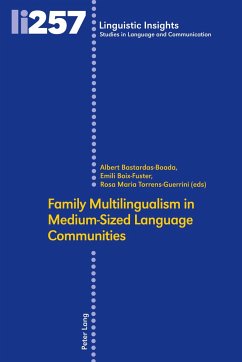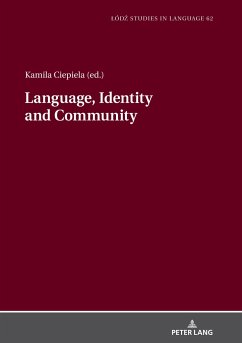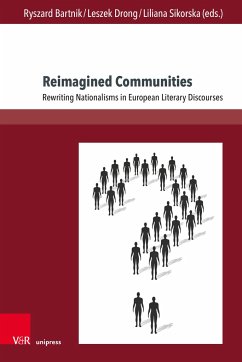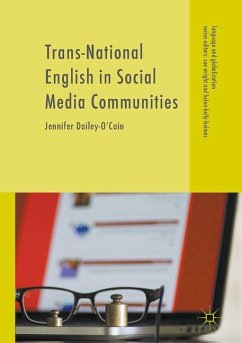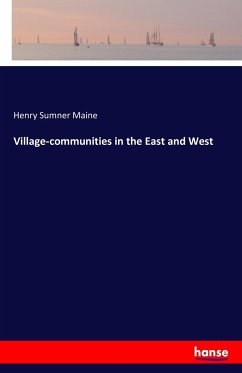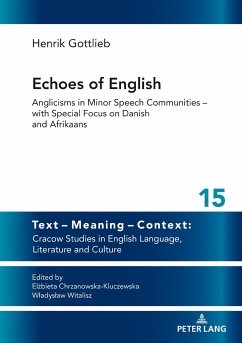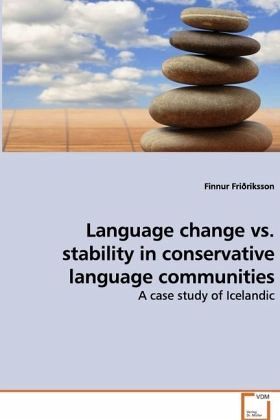
Language change vs. stability in conservative language communities
A case study of Icelandic
Versandkostenfrei!
Versandfertig in 6-10 Tagen
52,99 €
inkl. MwSt.

PAYBACK Punkte
26 °P sammeln!
This book is a study in language stability, a field which has been largely neglected despite having been identified as central to the general study of language variation and change. Icelandic, which is regarded by many as a prime example of a stable language, is chosen as a vehicle for an examination of this field. A study, involving a number of alleged ongoing changes in modern Icelandic, is conducted in order to determine whether or not the language can still be characterized as stable and to identify the conditions which support its potential stability. The results indicate that Icelandic c...
This book is a study in language stability, a field
which has been largely neglected despite having been
identified as central to the general study of
language variation and change. Icelandic, which is
regarded by many as a prime example of a stable
language, is chosen as a vehicle for an examination
of this field. A study, involving a number of
alleged ongoing changes in modern Icelandic, is
conducted in order to determine whether or not the
language can still be characterized as stable and to
identify the conditions which support its potential
stability. The results indicate that Icelandic can
indeed still be seen as a stable language
and that this is due e.g. to a generally
negative attitude towards language change amongst
speakers of Icelandic, strong
linguistic nationalism and a stability-oriented
language policy. In a more general
context the book thus provides a valuable insight
into the sociolinguistic conditions which support
language stability and should
be useful for students and researchers with an
interest in language variation and change.
which has been largely neglected despite having been
identified as central to the general study of
language variation and change. Icelandic, which is
regarded by many as a prime example of a stable
language, is chosen as a vehicle for an examination
of this field. A study, involving a number of
alleged ongoing changes in modern Icelandic, is
conducted in order to determine whether or not the
language can still be characterized as stable and to
identify the conditions which support its potential
stability. The results indicate that Icelandic can
indeed still be seen as a stable language
and that this is due e.g. to a generally
negative attitude towards language change amongst
speakers of Icelandic, strong
linguistic nationalism and a stability-oriented
language policy. In a more general
context the book thus provides a valuable insight
into the sociolinguistic conditions which support
language stability and should
be useful for students and researchers with an
interest in language variation and change.





